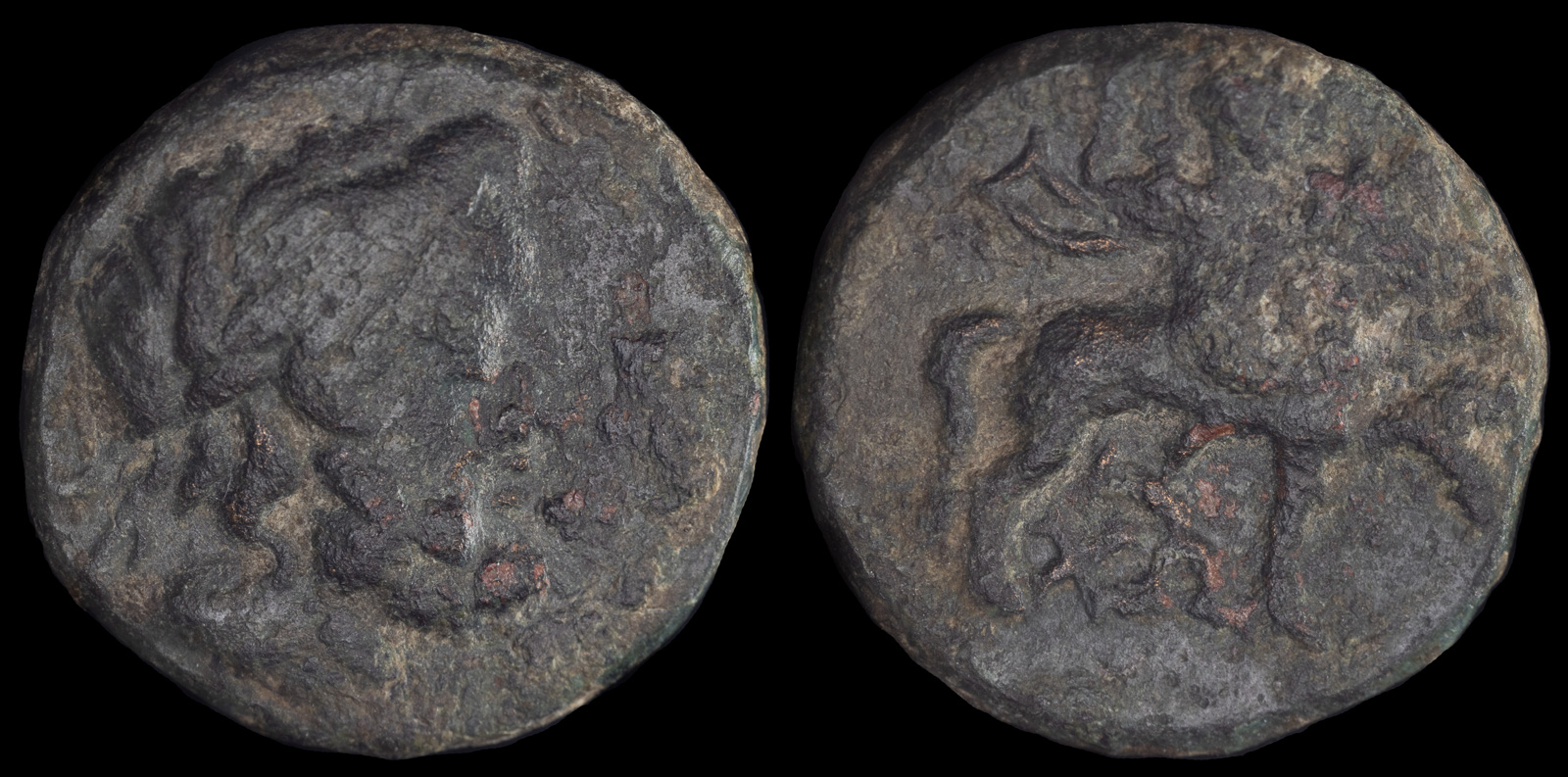Chlamys
View All Tags
In ancient Greece, the chlamys was commonly worn by young men and soldiers, particularly those involved in military service or athletic competitions. It was an essential part of the Greek warrior’s ensemble, as it allowed for quick removal and flexibility during battle. The chlamys was often worn over a tunic, providing warmth and a layer of protection without encumbering the wearer’s movement. The use of the chlamys as a symbol of youthful vigor and military prowess is reflected in many Greek artworks, where it is often depicted on figures such as Hercules, Alexander the Great, and various mythological heroes.
The chlamys also had a symbolic association with Greek and Roman military culture. In the Roman Empire, the chlamys continued to be worn by soldiers and officers, especially in more casual or ceremonial contexts. Roman generals and emperors, for example, were sometimes shown wearing the chlamys as part of their military attire, signaling their status as leaders and warriors. The garment’s function was not limited to military use; it was also worn in public by Roman men in certain social contexts, particularly during public appearances or parades.
Though the chlamys was practical, it also had an aesthetic appeal, as it could be fashioned in different ways depending on the occasion. The cloak’s simple design allowed for creative draping and styling, with the fabric often flowing elegantly from the shoulder or across the body. The colors and quality of the wool varied depending on the wearer’s wealth and social status, with more elaborate chlamyses being made from fine materials and dyed in rich, vibrant colors. This made the chlamys a garment not only suited to the functional needs of its wearer but also capable of reflecting social standing and personal style.

Choma, Lykia ca 1st century BCE
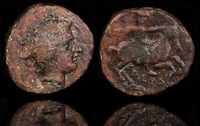
Derdas II ca 380 BCE
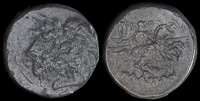
Ionia, Kolophon ca 330-285 BCE
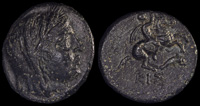
Kisthene, Mysia 4th century BCE

Maximian 295-296 CE
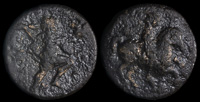
Olosson, Thessaly 400-350 BCE
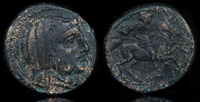
Pelinna 4th-early 3rd centuries BCE
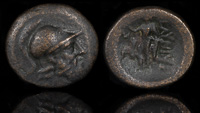
Sillyon, Pamphylia 4th century BCE
